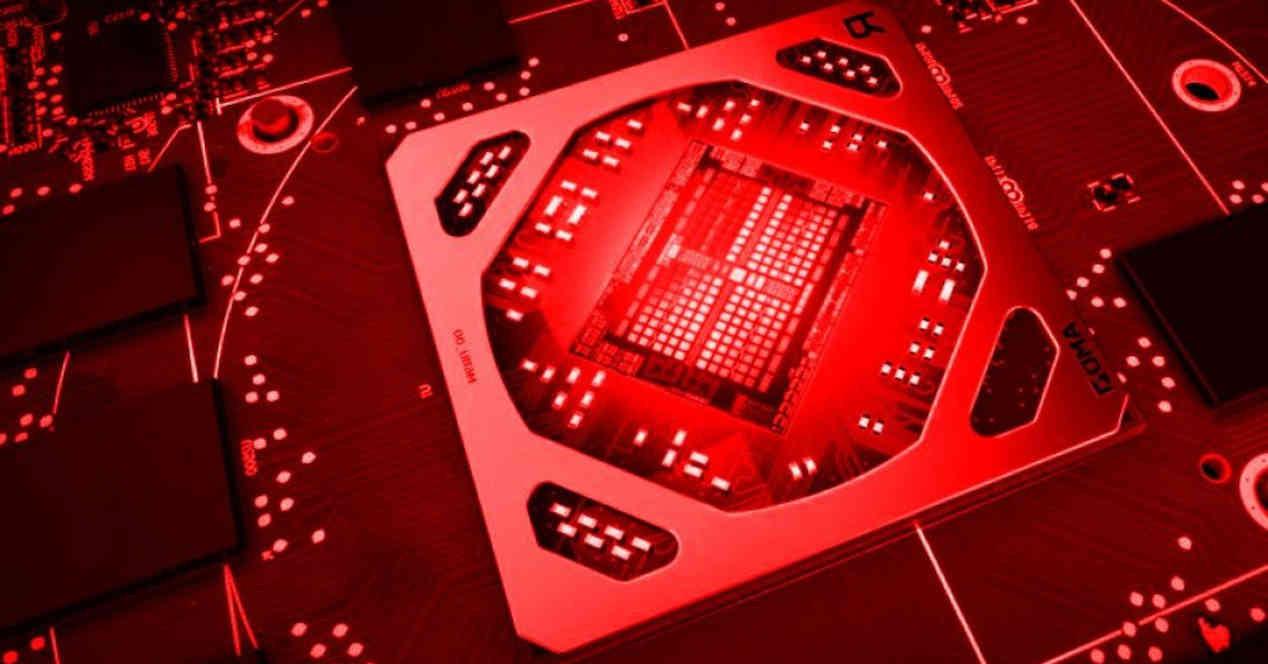AMD has long been an anecdote in gaming laptops, there are few laptops on the market that come with a dedicated AMD GPU instead of NVIDIA’s. All this encouraged by architectures with a thermal and energy design less efficient than their direct competitors. Something that AMD decided to tackle years ago that has enabled it to offer a GPU portfolio to gaming laptop makers in the form of their RX 6000 Mobile.
Here’s how the RX 6000 Mobile performs against benchmarks
Thanks to a series of landmarks, it was possible to know how does your AMD RX 6600M perform compared to NVIDIA’s RTX 3060
The question therefore arose as to which GPU was the best performing and therefore where to place the RX 6600M in terms of performance compared to its rival NVIDIA. Fortunately, a series of benchmarks have appeared that help us get an idea of the performance of this AMD GPU for gaming laptops.
Starting with the synthetic benchmark that is 3DMark and its various tests, we can see very different results. For example eIn the various Fire Strike benchmarks, the AMD RX 6600M ranks above the NVIDIA RTX 3060
Let’s not forget that Fire Strike is a DirectX 11 based benchmark, Time Spy being the 3DMark DirectX 12 based benchmark. And we can’t forget that DX11 is an API that hasn’t been used in new games for a long time. . Although to be fair, it is best to see the performance of the RX 6600M in games.
How does the RX 6600M work in games?
AMD sells its RX 6600M as the ideal GPU for next-gen games running in Full HD resolution. This is why they compared it to the RTX 3060 running games at this resolution, as it is the NVIDIA GPU designed for gaming at the same resolution.
As can be seen from the graph above, AMD’s GPU only beats NVIDIA’s in two games such as ACOD and Counter Strike: Global Offensive and Borderlands 3. With the exception of the Gearbox game, which is a Title promoted by AMD and therefore optimized, neither of the other two games use new generation graphics APIs such as DX 12 and Vulkan.
Let’s not forget that a good part of the results are part of the policies between GPU manufacturers and video game developers. NVIDIA’s dominance has allowed them to benefit from more optimized profiles for their hardware, which is a drawback that AMD will have to contend with beyond its GPU technology.










